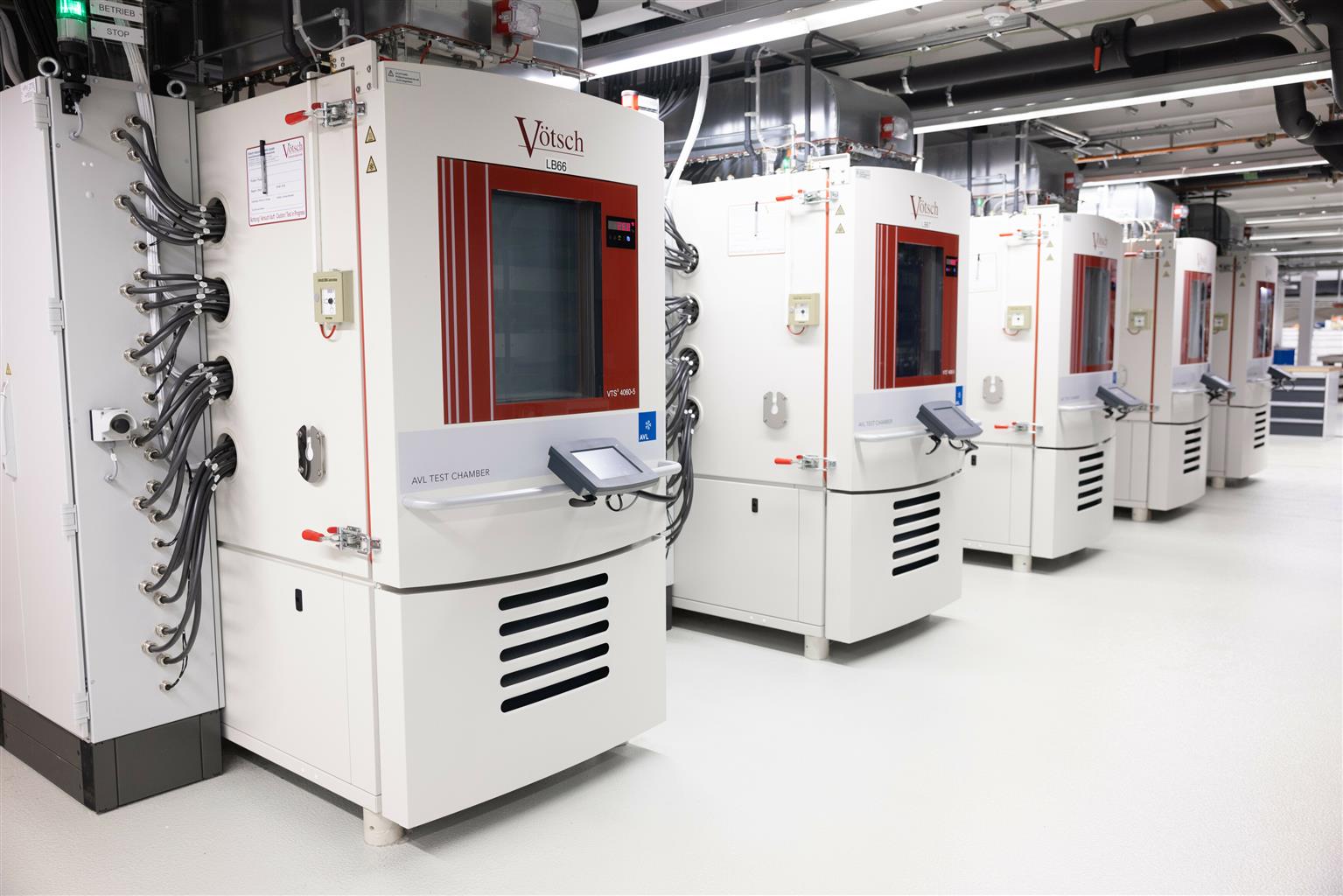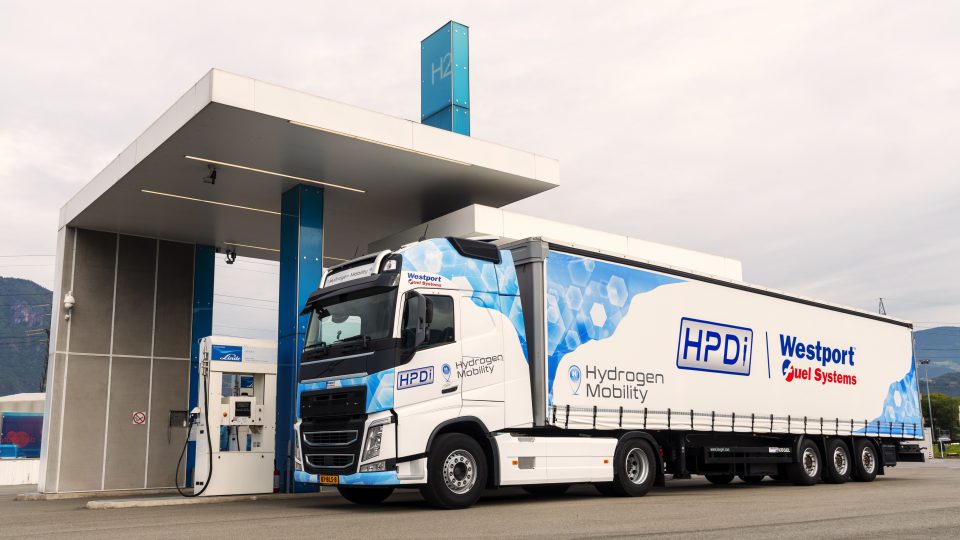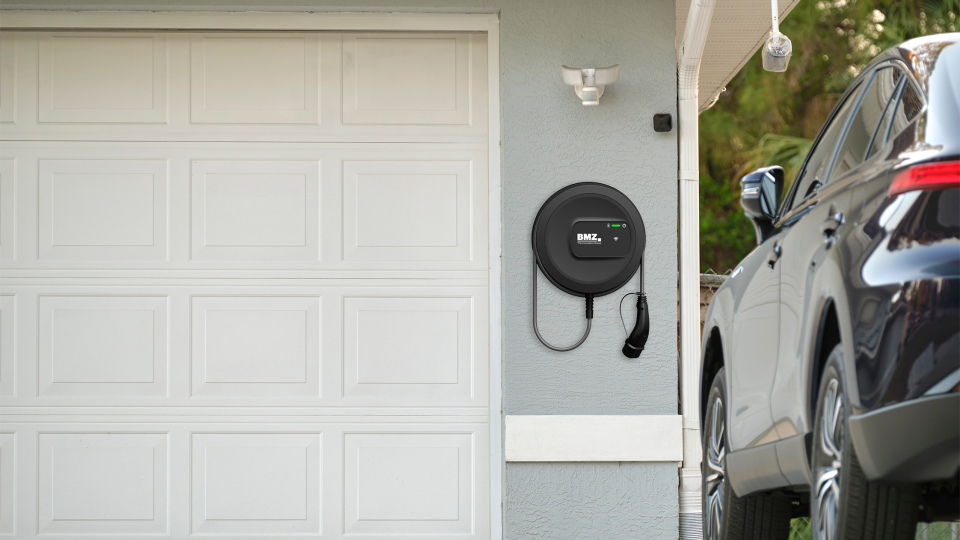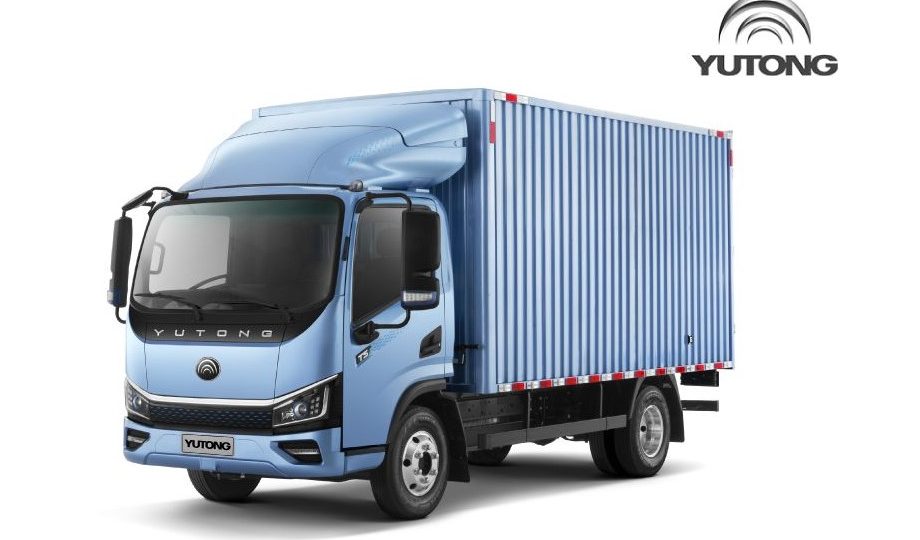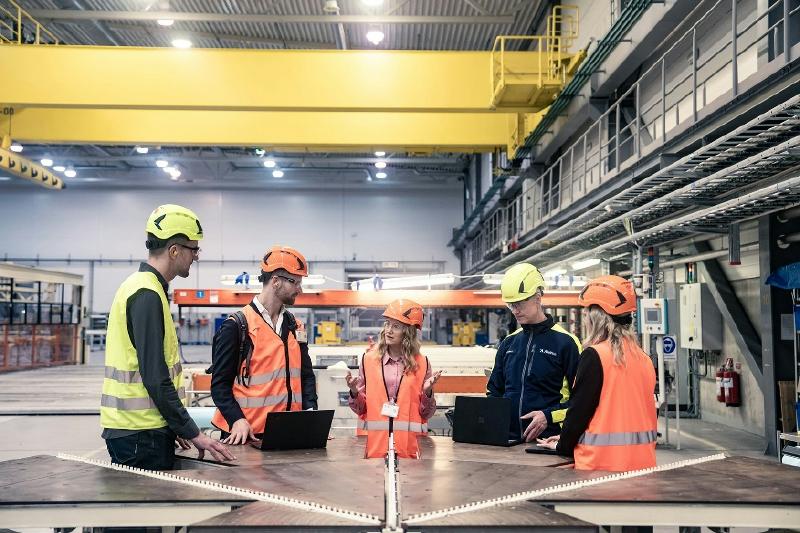Volkswagen Group starts the recycling of batteries
A few days ago in Salzgitter Volkswagen Group Components activated the Group’s first plant for the recycling of electric car batteries. The goal is the industrialized recovery of precious raw materials and to reach a recycling rate of over 90 percent.
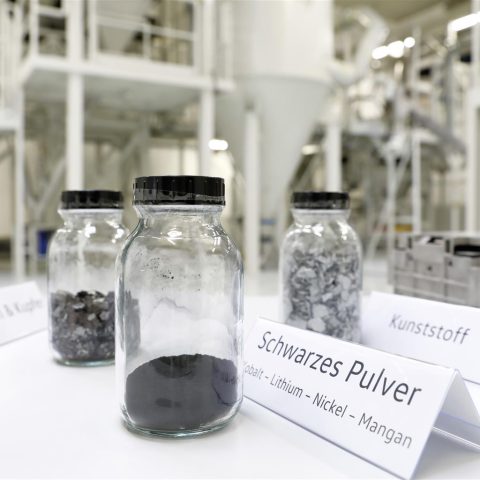
A few days ago in Salzgitter Volkswagen Group Components activated the Group’s first plant for the recycling of electric car batteries. With the launch of pilot operations, the Group takes another consistent step towards sustainable responsibility for the entire value chain of batteries for electric vehicles. The goal is the industrialized recovery of precious raw materials such as lithium, nickel, manganese and cobalt in a closed cycle together with aluminum, copper and plastics, reaching a recycling rate of over 90% in the long term.
The peculiarity of the Salzgitter plant is that it only recycles batteries that can no longer be used for other purposes. Before proceeding with recycling, an analysis establishes whether the accumulator is still powerful enough to have a second life in a mobile energy storage system, such as the flexible fast charging station or the mobile charging robot. No large volumes of batteries are expected to be recycled before the end of the current decade.
The innovative recycling process, which also saves CO2, does not require blast furnace melting, a highly energy-intensive process. The individual components are granulated in the shredder and then dried. In addition to aluminum, copper and plastics, the precious “black powder” is also obtained, which contains important raw materials for batteries such as lithium, nickel, manganese, cobalt and graphite. The separation and processing of the individual substances through hydrometallurgical processes – using water and chemical agents – is subsequently carried out by specialized partners.
Mark Möller, Head of the Technical Development and E-Mobility Division, explains: “Research shows that recycled raw materials for batteries are as efficient as new ones. In the future we want to support our battery cell production with the material we recover. As the demand for accumulators and related raw materials will increase dramatically, we can make good use of every gram of recycled material”.
The calculated CO2 savings are approximately 1.3 tons for a 62 kWh battery produced using cathodes obtained from recycled materials and using electricity from renewable sources.
Audi Battery Technology Center
At the R&D center in Gaimersheim, Bavaria, Audi designs and develops high-voltage battery cells in-house, verifying the performance of the accumulators. Black, red and gold are the colors that indicate the charge level of a battery: if the cell is discharged the graphite is black, in partial conditions it becomes red, when fully charged it is gold. When an electrode is charged, this does not happen uniformly: where there are more lithium ions, the electrode charges more quickly. The task of the Gaimersheim center is to make the lithium-ion cells work optimally, obtaining the best autonomy and charging performance.
